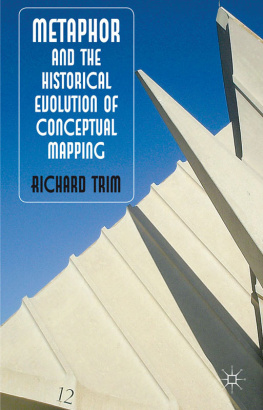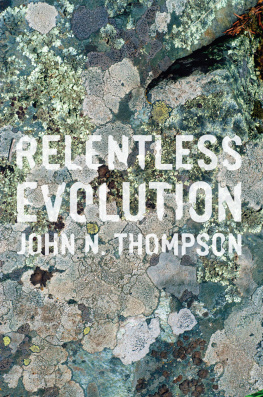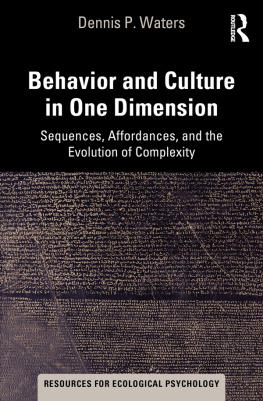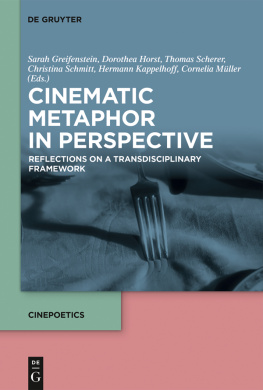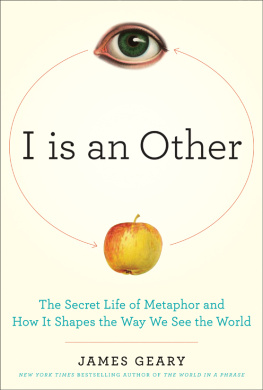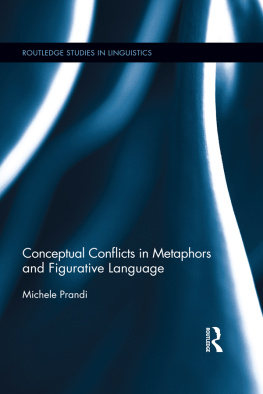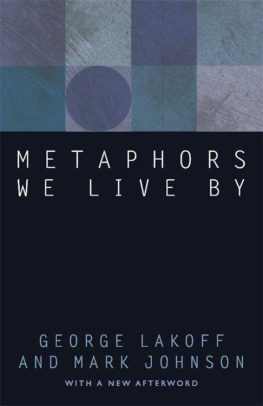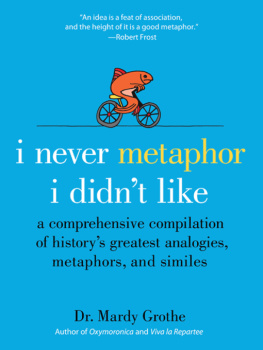Metaphor and the Historical Evolution
of Conceptual Mapping
Also by Richard Trim
METAPHOR NETWORKS: THE COMPARATIVE EVOLUTION OF FIGURATIVE LANGUAGE
THROUGH OTHER EYES: THE TRANSLATION OF ANGLOPHONE LITERATURE IN EUROPE (co-editor with Sophie Alatorre)
Metaphor and the
Historical Evolution of
Conceptual Mapping
Richard Trim
University of Provence, France


Richard Trim 2011
All rights reserved. No reproduction, copy or transmission of this publication may be made without written permission.
No portion of this publication may be reproduced, copied or transmitted save with written permission or in accordance with the provisions of the Copyright, Designs and Patents Act 1988, or under the terms of any licence permitting limited copying issued by the Copyright Licensing Agency, Saffron House, 6-10 Kirby Street, London EC1N 8TS.
Any person who does any unauthorized act in relation to this publication may be liable to criminal prosecution and civil claims for damages.
The author has asserted his right to be identified as the author of this work in accordance with the Copyright, Designs and Patents Act 1988.
First published 2011 by
PALGRAVE MACMILLAN
Palgrave Macmillan in the UK is an imprint of Macmillan Publishers Limited, registered in England, company number 785998, of Houndmills, Basingstoke, Hampshire RG21 6XS.
Palgrave Macmillan in the US is a division of St Martins Press LLC, 175 Fifth Avenue, New York, NY 10010.
Palgrave Macmillan is the global academic imprint of the above companies and has companies and representatives throughout the world.
Palgrave and Macmillan are registered trademarks in the United States, the United Kingdom, Europe and other countries.
ISBN 9780230304826
This book is printed on paper suitable for recycling and made from fully managed and sustained forest sources. Logging, pulping and manufacturing processes are expected to conform to the environmental regulations of the country of origin.
A catalogue record for this book is available from the British Library.
A catalog record for this book is available from the Library of Congress.
Printed and bound in Great Britain by
CPI Antony Rowe, Chippenham and Eastbourne
Contents
List of Figures
Preface
This book represents an ongoing investigation into the historical evolution of figurative language a field of inquiry which is still relatively unexplored. The aim is to determine how conceptual mapping evolves through time and how this process takes place at the interface with language. A fundamental tenet proposed here is that, in order to cover the main features of historical conceptualisation, a minimum number of basic parameters need to be included in the discussion. These parameters would represent constants which operate at all times throughout the history of a language.
The following discussions work towards a global model of historical evolution which would need to include at least six major parameters: thought processes in the mind that involve conceptualisation arising from the perception of the environment, the role of language structures, the potential influence of universal mechanisms on long-term paths, the major issue of culture, the complex feature of diachronic salience and, finally, the types of semantic fields selected for metaphor analysis. According to the particular requirements of any study, these major parameters could be sub-divided into other categories which may, or may not, operate at the same time. For this reason, they would not be constants, in the sense of a parameter, but would represent sub-categories of the parameter under study. Sensory perception of the environment, for example, may be analysed from the point of view of sight, hearing, taste, and so on. Culture may refer to different types of culture represented in one language or to variants across a group of languages. Salience may, in turn, reflect cultural variants that correspond to mainstream thoughts or, on the other hand, very individual ideas as used for comic or ironic effects.
A diachronic analysis of figurative language poses a number of difficult questions. The first one concerns language itself. Should the feature of linguistic form be included in a theoretical model of conceptual mapping? The logical answer is that, ideally, this would be a major asset, particularly if research of this kind is used for the teaching of language history. The difficulty lies in the fact that, as far as their formulation is concerned, the development of models in linguistic changes alone already represents a major task. This can be seen in the different approaches used in the field of historical linguistics. The combining of variants in conceptual mapping can make the task even more complex.
A second problem concerns the role of universals in the presence of long-term paths of metaphor and other figurative categories. Theories on universals so far have mainly been concerned with synchronic, cross-cultural patterns. Taken from a diachronic point of view, universals conjure up the notion that such models have always existed since the beginning of language. However, the aspect of universality in the cross-cultural or diachronic dimensions does not necessarily have the same origin. A long-term metaphor path may be due to a physiological universal based on normal reactions to the environment or it may be due to long-term, cultural conceptualisations of objects, such as symbolism.
A third major issue involves the role of culture. This book will argue that culture, as compared to physiological universal trends, plays a major role in language evolution. In fact, although there is a strong case for the existence of physiological universals operating in long-term paths, they are usually mixed with culture. It seems that the two are difficult to separate. In the same vein, culture has a major aspect on diachronic salience. As a result of the large number of cultural variants in the evolution of one conceptual system, there are many varieties of salience that reflect the attitudes of the person, or group of people, using figurative language. One particular frequency count may only reflect one section of the language community. In addition, single historical events may cause salience in particular items to increase considerably over a short period of time. It is this issue that renders variables such as frequency counts difficult in the analysis of general long-term trends in the evolution of diachronic salience.
A fourth problem concerns the role of the semantic field that is used to analyse the factors responsible for language evolution. This is an essential point since the basic questions any linguist is faced with when choosing a corpus for a field such as metaphor are which semantic field (or cognitive domain in mapping terms) to use, and why? Furthermore, how can a semantic field be defined, which aspects should be included, and where are its limits as far as the mapping process is concerned? It would appear that certain semantic fields are more homogeneous with regard to universal/cultural aspects, and therefore vary in the cause of their evolution. However, the definition of homogeneity is extremely complex as a result of the vast semantic range that may be employed by source and target domains for the conceptual mapping process.
These are some of the major questions that will be raised throughout the following discussions on the evolution of figurative language. The last issue, that of semantic field, will be tackled by exploring three particular fields selected for their apparent differences in the extent of homogeneity in their conceptual structures: the emotions in literary works, the nature of colour symbolism and the history of war rhetoric. The time dimension will concern long-term historical evolution since the beginning of European languages. By comparing these different semantic fields, the aim is therefore to explore how conceptual mapping evolves in relation to the parameters proposed above.
Next page
